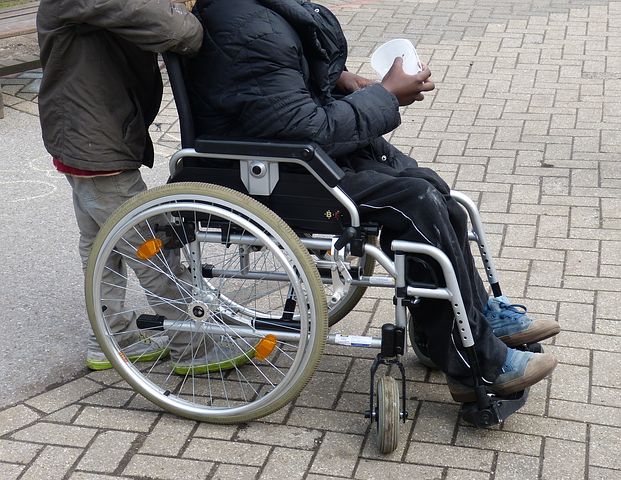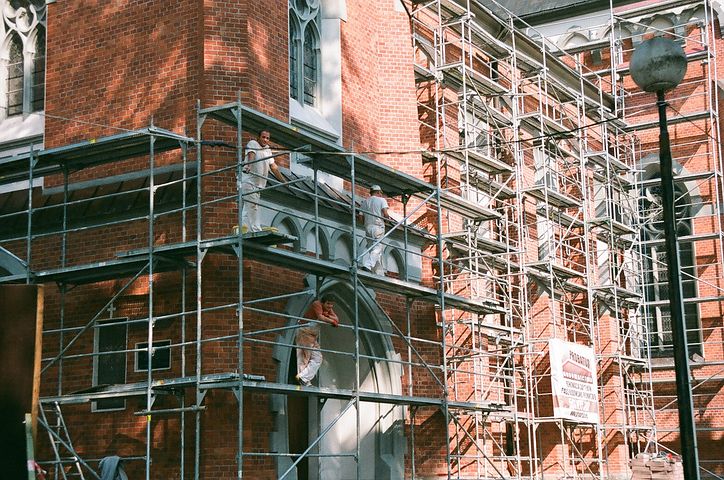The history of the specialist disability accommodation initiative might be in its infancy, but there have been tangible strides made forward since its inception.
In 2016 the National Disability Insurance (NDIS) scheme brought forward a provision that saw no less than 28,000 Australian citizens living with a disability the opportunity to live affordably at a dwelling that would cater to their requirements.
As with any ambitious scheme that is designed to be rolled out internationally as thousands of participants opt into the scheme, there have been case studies where individuals are left with a large financial burden, situated in a location that doesn’t meet their needs or having to satisfy a set of criteria that is not necessary within their own set of circumstances.
Here we will outline what challenges are faced by the public and private sectors as well as local communities who are attempting to achieve the best possible results with the resources that are allocated.
Reliance on Government Budget Allocation

The fact of the matter is one federal election could swing specialist disability accommodation dramatically in one direction or another depending on the result. With a current budget operating at $700 million, there are advocates and critics who are voicing their concern about how sustainable that figure will be for all of the participants that require financial assistance with their living circumstances. A progression of the Liberal government could continue what was started, whilst a switch to Labor could either increase or decrease or alter the model as it currently stands. Change is necessary with certain parameters, but at the initial stage there is concern about the length of investment the government is willing to commit to beyond the short to medium term for current recipients of specialist disability accommodation.
Changes to Disability Status
There are circumstances for recipients of specialist disability accommodation where their own status will change, either for better or for worse. If they have a debilitating illness or injury that is progressively getting worse over time, then that will only add pressure to alter the profile of the accommodation that the disabled individual is living in at the time. The same can be said for those that progress back to health from a physical injury or illness, downgrading the need for care and progressing towards a greater degree of independence. In both circumstances there is a need for regular assessments from medical professionals in sync with the NDIS.
Low Opt-In Rate
As of March 2018, there was a reported 6% opt-in rate from the 28,000 eligible recipients of specialist disability accommodation, a figure that was encouraging to begin with but as time drags on, there is a need to increase that statistic exponentially. There are a number of underlying issues that speak to this figure remaining static, a concern for government officials and communities alike. From a lack of choice in the marketplace in suburban and rural areas to education for the disabled, to real estate and property networks outlining their vision for eligible members, more needs to be done for this initiative to realize its true potential.
Uncertainty in the Market
Like any market driver, there are doubts that linger about specialist disability accommodation when residents move in or out of a premises. If it has been uniquely customized to help manage a spinal injury or a severe mental impairment, how confident will the landlord and property manager be about that premises being filled by an eligible applicant? The fear surrounding that market-based demand is a constant within the sector, something that can only be alleviated by thorough communication and coherent planning by all parties.
Summary
Unfortunately there is not a one-size-fits-all solution to the issue of specialist disability accommodation and whilst it has made strides in recent years, there will be stumbling blocks and delays that leave recipients falling through the cracks. It will take leadership by government officials and private sector innovators to bring their best to the table and ensure that the needs of recipients are respected and adhered to.






About The Author: Tina Richardson
More posts by Tina Richardson